By Christy Wong, Social Media and Community Outreach Intern
Mount Fuji, or Fujisan, is the tallest mountain in Japan and one of the most famous mountains in the world!
Well, to be exact, it’s an active volcano. But don’t worry! It hasn’t erupted for a very long time. The last time it erupted was way back in 1707!
The mountain is located on Honshu Island of Japan, approximately 60 miles from Tokyo. Many people, from professionals to amateurs, come all the way to Japan to challenge themselves to climb Mount Fuji. The official climbing season for Mount Fuji is from Early July to mid-September (which is happening RIGHT NOWWW!!) as the weather in the mountain is free of snow and not as severe as other times throughout the year.
Well, to be exact, it’s an active volcano. But don’t worry! It hasn’t erupted for a very long time. The last time it erupted was way back in 1707!
The mountain is located on Honshu Island of Japan, approximately 60 miles from Tokyo. Many people, from professionals to amateurs, come all the way to Japan to challenge themselves to climb Mount Fuji. The official climbing season for Mount Fuji is from Early July to mid-September (which is happening RIGHT NOWWW!!) as the weather in the mountain is free of snow and not as severe as other times throughout the year.
Given that the climbing season is soo short, Mount Fuji attracts thousands and thousands of professional and amateur climbers to challenge themselves and climb Mount Fuji. The climb maybe very long and tiring, but it is very rewarding when you see the sunrise from the summit of the mountain. Climbers become friends with one another easily as they support each other to reach their goals. In Japanese culture, Mount Fuji is associated with good luck too! So it is said that people will feel calm or even good fortune when they see the Mount Fuji!
In an effort to celebrate this special 2 month-period time of the year, why don’t we make a cute Mount Fuji origami decoration!!!
To make a Mount Fuji Origami, you will need: a piece of origami paper, some tape, and a few of your favorite watercolor pen!
Step 1: Fold the paper in half to make a triangle shape twice.
Step 2: Lift up the flap of one side of the triangle and press it down to form a trapezoid. Repeat the same step on the other side to form a sqaure.
Step 3: Fold the corners of the opposite side of the square to the mid-point of the square. This creates 2 triangles within the square. Repeat the same step on the other side to form a rhombus.
Step 4: Open up the triangle that you formed just now and press it down to make a rhombus-like shape. Repeat the same step on the 4 triangles that you made in the last step.
Step 5: Open up the flap that is between the sides you are working on. Fold it into half to make a line on the middle of the paper. Fold two opposite side corners to the middle line, just like the picture shown below. Repeat this step on the other flap to create a rhombus.
Step 6: Now we will work on the triangles that we folded just now in step 5! Fold the tips of the triangles down a little bit and fold the longest corner of the rhombus up to make a small triangle, just like the picture shown below. Repeat this step on the other side of the paper and the sides that are in between, which is totally 4 sides!
Step 7: Get 4 small pieces of tape and roll it up so that they are like double-sided tapes. Set it aside for now since we will use them in the next step!
Step 8: Secure the place of the small triangle using the double-sided tape you made just now! Repeat this step on the 4 small triangles you made in step 6.
Step 9: Almost done! This is probably the easiest and the most fun part :P Decorate the red circled part with your favorite water color pen as it will be the summit of Mount Fuji!
Step 10: This is the final step! Carefully open up the origami and press down the sides to make a square base.
Hooray!! You have made yourself a Mount Fuji at home! :D It can be a great decoration on your work table or a cute pen/pencil holder! :P

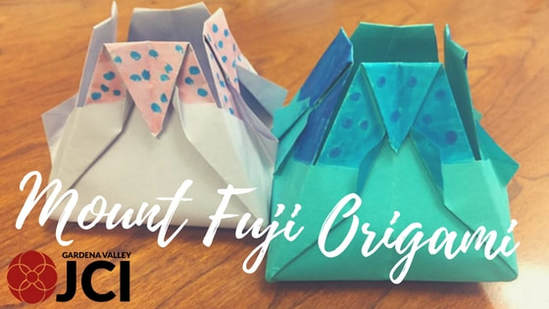
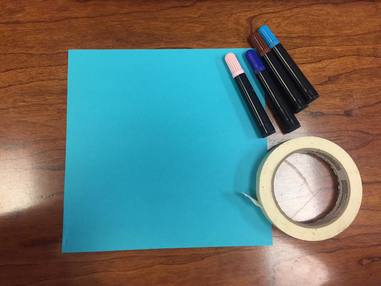
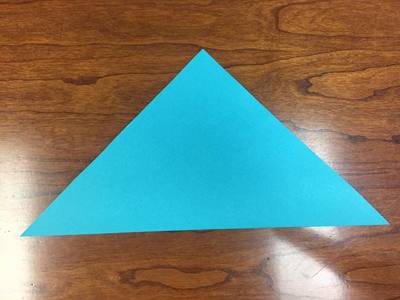
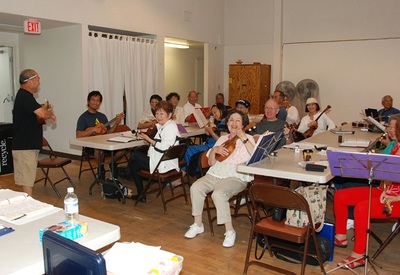

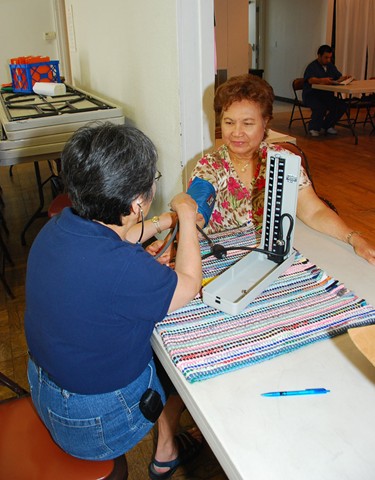
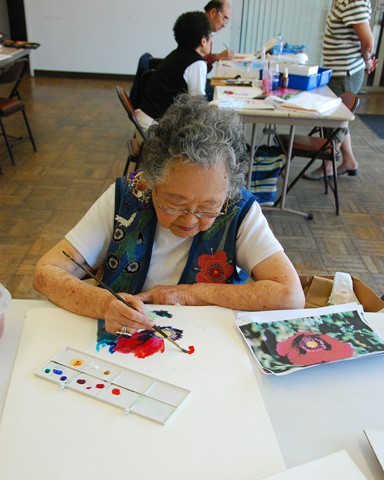
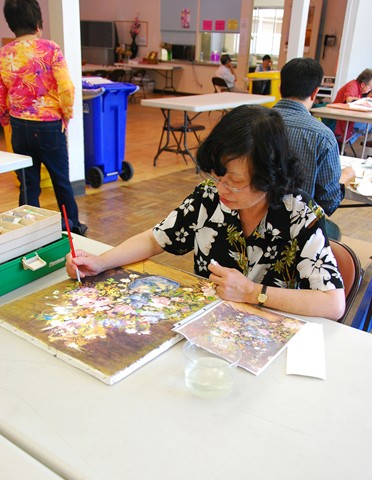
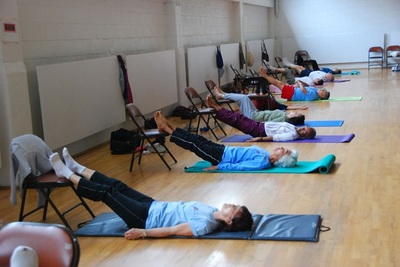
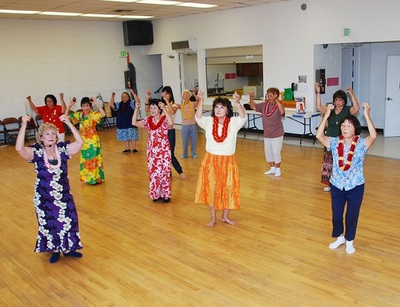
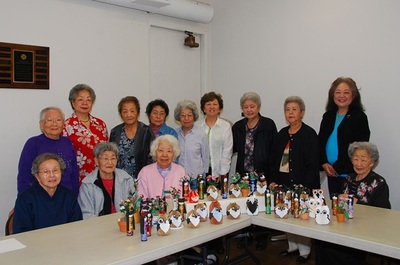
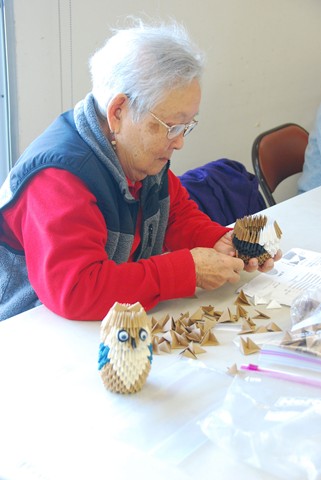
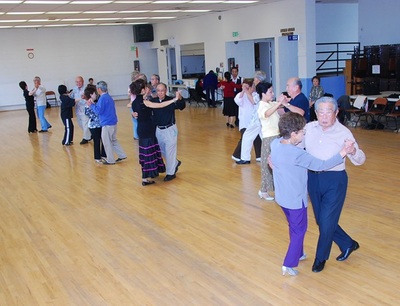


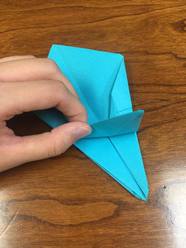








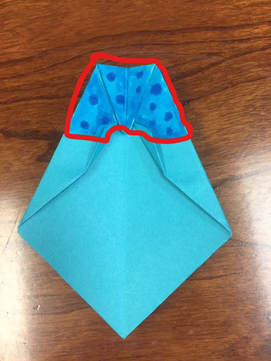


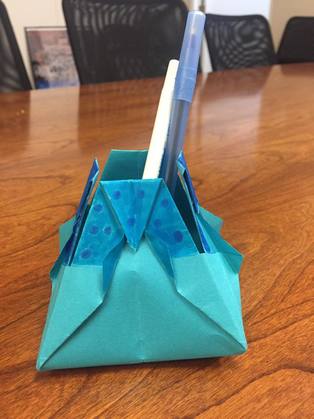
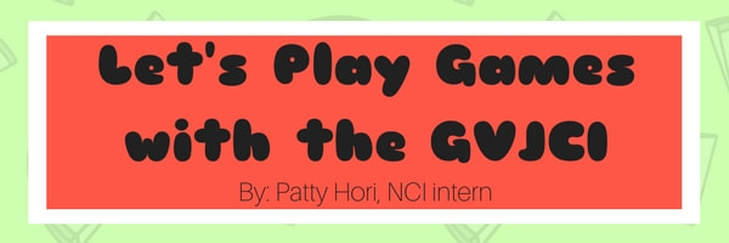
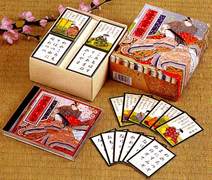
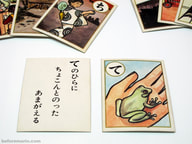
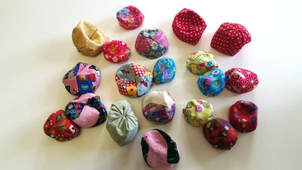
 RSS Feed
RSS Feed
